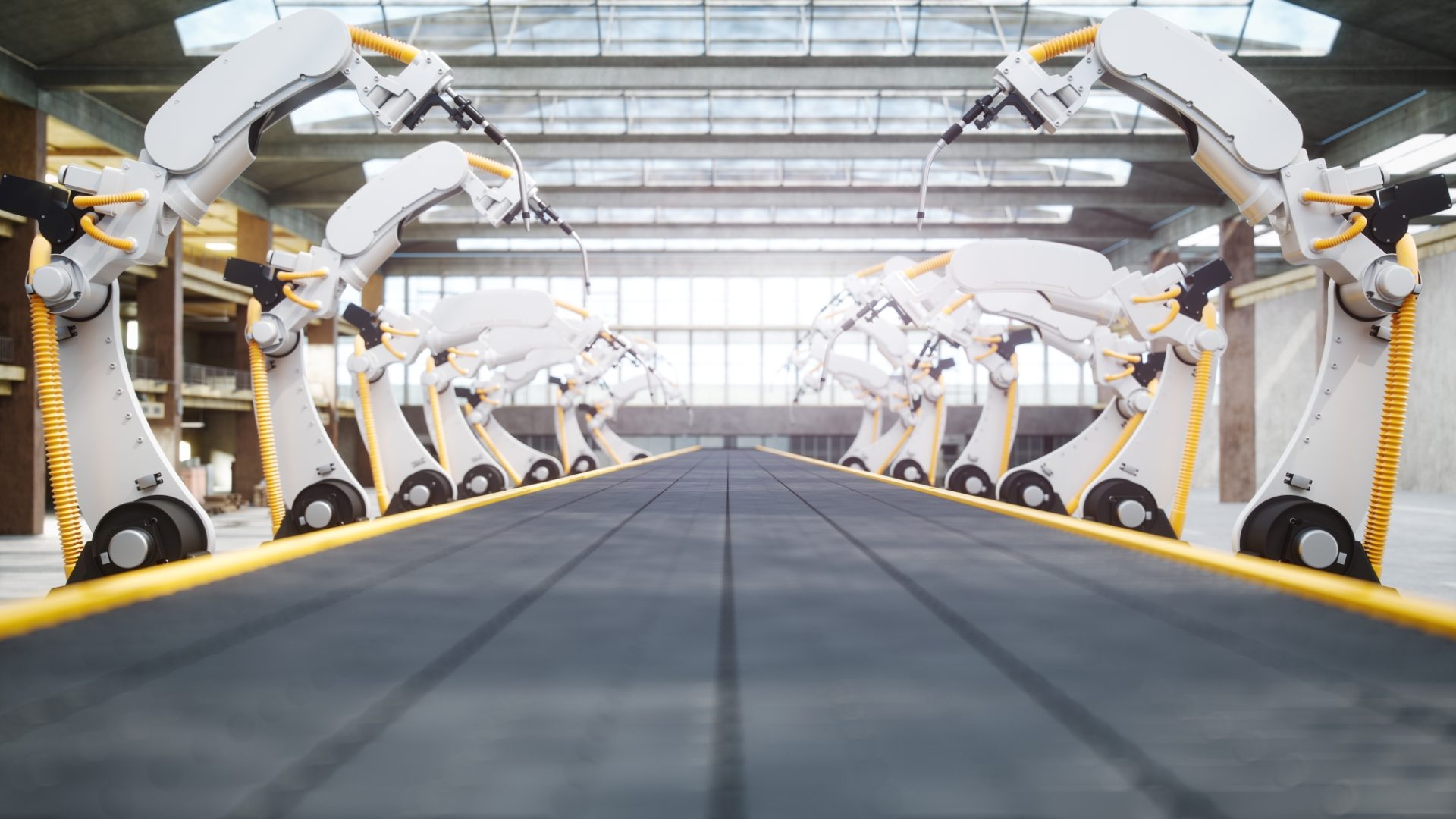Meanwhile, manufacturers tasked with supplying this world face localized struggles. Many continue to use on-premises legacy software that is particular to just one factory, so although insights exist, they go unanalyzed and can’t be applied across sites. Legacy machinery abounds and its accompanying IT is disparate, leading to siloed data and unrealized efficiency. Such variability within a single factory and, all the more so, across factories hamstrings the possibility of having insights and tools to enhance efficiency and profitable production. That makes manufacturing unattractive for the new generation of workers. As the current one ages, their knowledge is at risk of draining away.
And yet, we believe that fulfilling the demands of a volatile world and bringing tech modernization to production processes are part of the same solution. This is why we say that the planet needs a new business plan. We believe there’s much to be gained by reducing the footprint of manufacturing and more efficiently handling resources, both natural and human. In our vision, this new plan hinges on helping customers leverage all that Industry 4.0 solutions can offer. By implementing data- and AI-driven products and tools in their manufacturing processes, industrial enterprises can break free of legacy machinery and unlock valuable insights. That leads to greater business value by taxing resources less and empowering people on the shop floor more.
Merging IT and OT
Enacting this plan begins with recognizing that shop floor operational technology, the OT, is merging with the IT. Historically, IT and OT existed in parallel, with separate product owners, unintegrated budgets, and distinct users. But today’s competitive market and the global disturbances that influence it allow no time for disjointed production and information processes. Applying digitization and data science and analytics to OT now makes all the difference, even of the slightest margins, for achieving optimum output from the same, if not even less, input.
Merging IT and OT can be challenging. The idea of fusing their processes and environments can seem risky because IT requires regular updates, which could open up the potential for disruptions to operations. For their part, manufacturers are eager to optimize production lines, increasing assets and decreasing waste. Many must also navigate a corporate culture skeptical of change and contending with shrinking budgets.
Insights without interference
i4-driven solutions can accommodate OT and IT demands at the same time. Plus, they need not interfere with existing assets. Implementing data extraction, collection, and standardization across sites and factories provides manufacturers with a steady stream of insights. This information can then be made accessible to all employees – from shop floor to top floor – supply chain partners, and other end users. Applications entailing machine learning don’t require extensive training to use or derive insights from. The UX is modern and friendly, tailorable to all the employee personas. Once developed, an i4 use case becomes immediately scalable to other sites thanks to a common model that structures data so that it is normalized against industry-standard data models and can be easily consumed via dashboards.
As we see it, the solution can be as straightforward as an i4-driven PaaS. Such a platform would enable AI use cases that automatically optimize manufacturing processes while being technology-agnostic, economically deployable, and universally scalable. We’ve had success, for example, by implementing the PaaS we call our i4 Platform. It simply consists of a Connected Factory Edge IoT kit and a data and analytics platform. The platform yields real-time insights for feedback on product grading, historical performance indicators, and simplified shift handovers and onboarding. In turn, these insights let the shop floor make factually informed operational decisions. Taking advantage of self-service tooling, they can also make their own dashboards for any insights they deem relevant.
What operators know and need
When well-orchestrated IT systems and their data-powered analytics support the OT, manufacturers autonomously control their value chain. This liberates employees from repetitive tasks, affording them time and space to develop other more constructive, satisfying competencies. That is also crucial for the planet’s new plan because manufacturers then get the opportunity to codify and incorporate specialized operator knowledge. In fact, they can feed it into the feedback loops that yield relevant digital products and processes for their successors.
Still, manufacturers today need to bridge a skills gap and anticipate future demands for talent. The shop floor has long functioned according to methods and norms set by the Industrial Revolution. But millennials, GenZ, and their descendants expect – and will themselves come to execute – a modernized approach. Letting machines do the robotic work while applying human skills more intuitively and creatively is precisely what data- and AI-driven technology encourages. As a result, employee happiness and retention rates rise.
Enabling industrial enterprises to embrace i4 therefore leads to the efficient integration of OT and IT throughout a factory’s production. But it also offers something more lasting. It engages a new generation to leverage products and tools that pave the way for autonomous manufacturing while empowering workers to use resources – human resources included – in smarter, more sustainable ways. This is promising for a sector that seeks to keep up with a world of high-speed needs and join in carrying out a new business plan for the planet.




